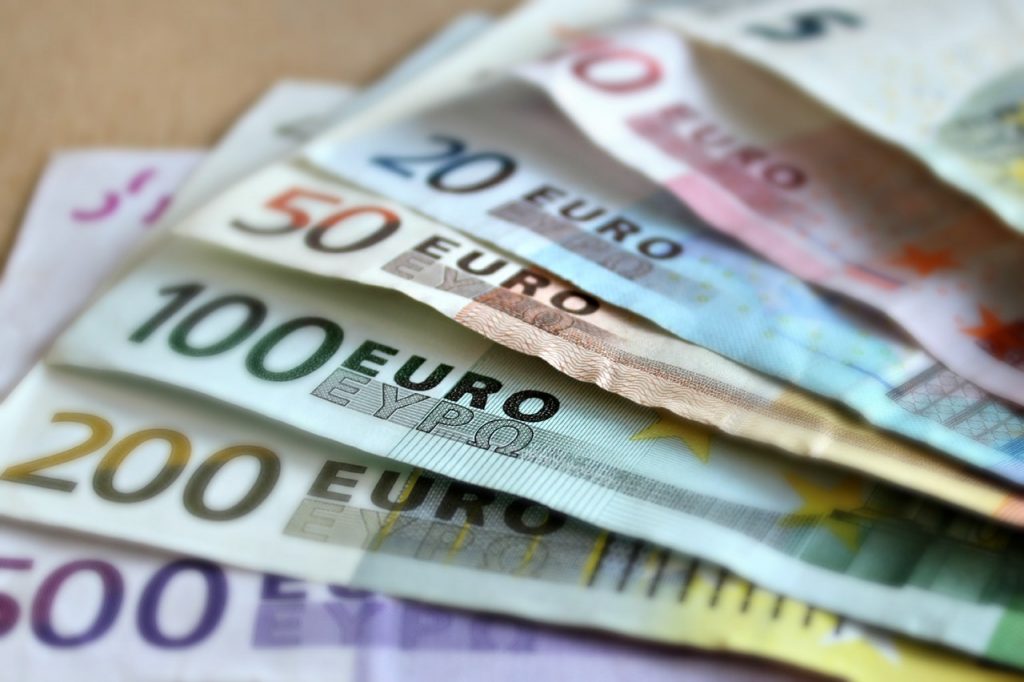Sale price and debt-free sale price of the dwelling
The price of a home is a key piece of information when buying a home. However, the price can be presented in many different ways, which can be confusing, especially for first-time buyers. The key difference is the difference between the sale price of the home and the price at which the home is sold free of debt. Do you know the difference between these terms?

Sale price of the dwelling
The advertisement for the sale of a dwelling may mention two different prices: the sale price (myyntihinta or mh) and the debt-free sale price (velaton myyntihinta or vmh). The sale price refers to the asking price for the dwelling without the loan component. If there is a difference between the sale price and the debt-free sale price, the law requires that both prices be indicated.
Debt-free sale price
The debt-free sale price also includes the loan portion of the housing company loan. The term ‘debt-free sale price’ is therefore based on the information on the price of the dwelling if the loan is paid off in one lump sum.
The debt-free sale price gives a better picture of the total price of the dwelling, as the amount of the loan component can vary greatly from one dwelling to another. This also makes it easier to compare house prices. Nowadays, especially in new projects, the amount of the loan component can be high and the sale price alone can give a false impression of the price of the dwelling.
It is also worth remembering that since 2013, the capital transfer tax has been determined on the basis of the debt-free sale price. Read more about the capital transfer tax in the article Buying a home – capital transfer tax.
Payment of the loan component
There are two ways to pay the loan component of the housing company loan. A typical way is to repay it monthly as a financial consideration, which is part of the company contribution together with the maintenance charge. In many cases, it is also possible to pay off the loan component in one lump sum when buying a home, leaving only the maintenance charge as the company contribution.
What does the debt-free sale price not include?
Although the debt-free sale price is considered the so-called total price of the home, it does not always include all the costs. Such costs may include, for example, the rent for the plot or the future company loan component for an ongoing renovation in the housing company.
The renovation costs may not yet have been shared between the shareholders and are not reflected in the loan component. The rent for the plot is often included in the maintenance charge, but not always. In new projects in the Helsinki area, the rent is often not included in the maintenance charge.
The purchase price is not always the same as the sale price
In addition to knowing the difference between the terms ‘sale price’ and ‘debt-free sale price’, it is good to remember that the purchase price (kauppahinta) and the sale price (myyntihinta) are not always the same.
The sale price refers to the asking price for the dwelling. The purchase price or the realised purchase price refers to the amount at which the housing transaction is finally concluded, and the term purchase price is also used in the deed of sale. The purchase price may differ from the sale price if the price has changed from the asking price during the negotiations. The terms purchase price and debt-free purchase price can also be used, as in the case of sale prices.
What else affects the price of the home?
Are you wondering what else affects the price of a home? Find out what the house price estimates are based on.